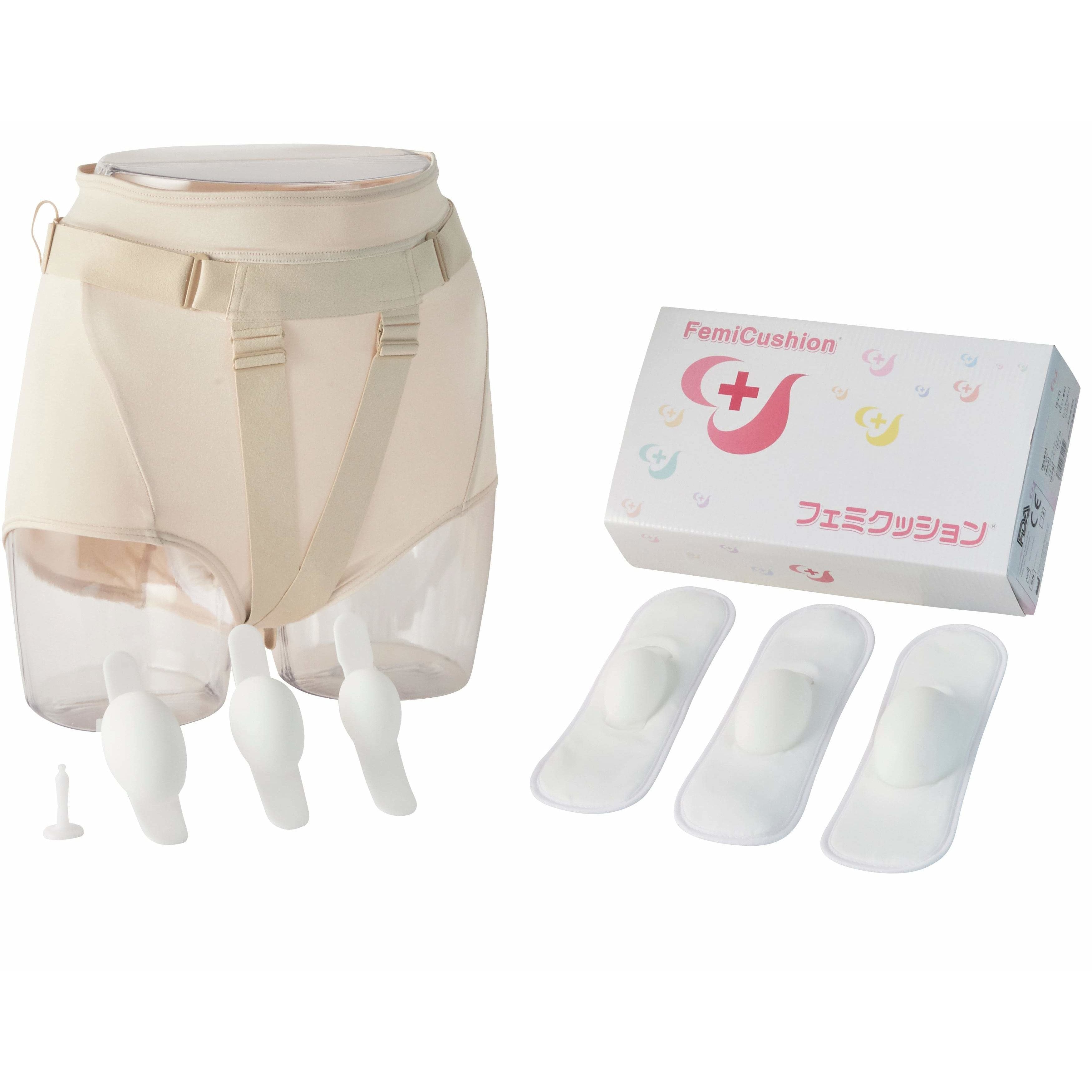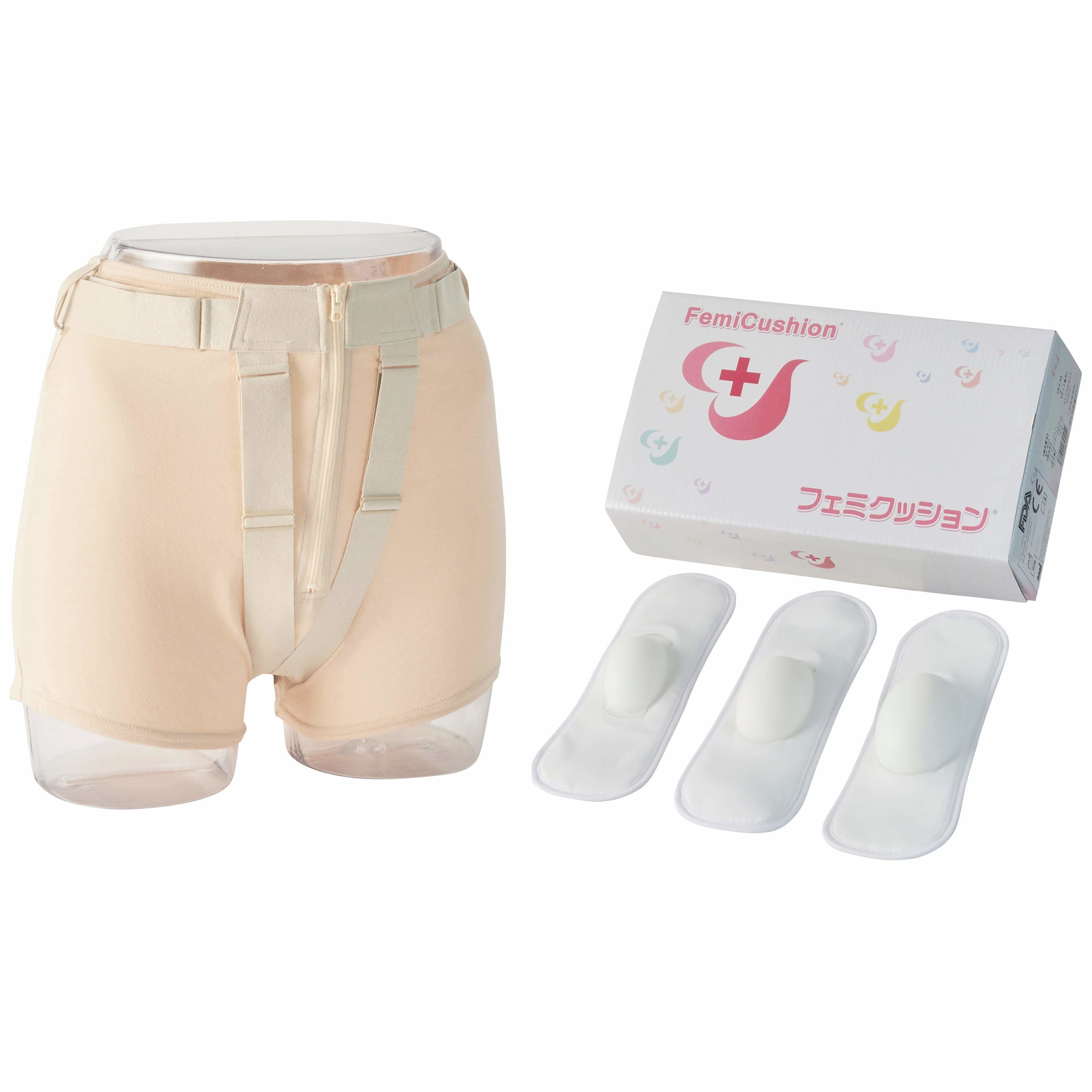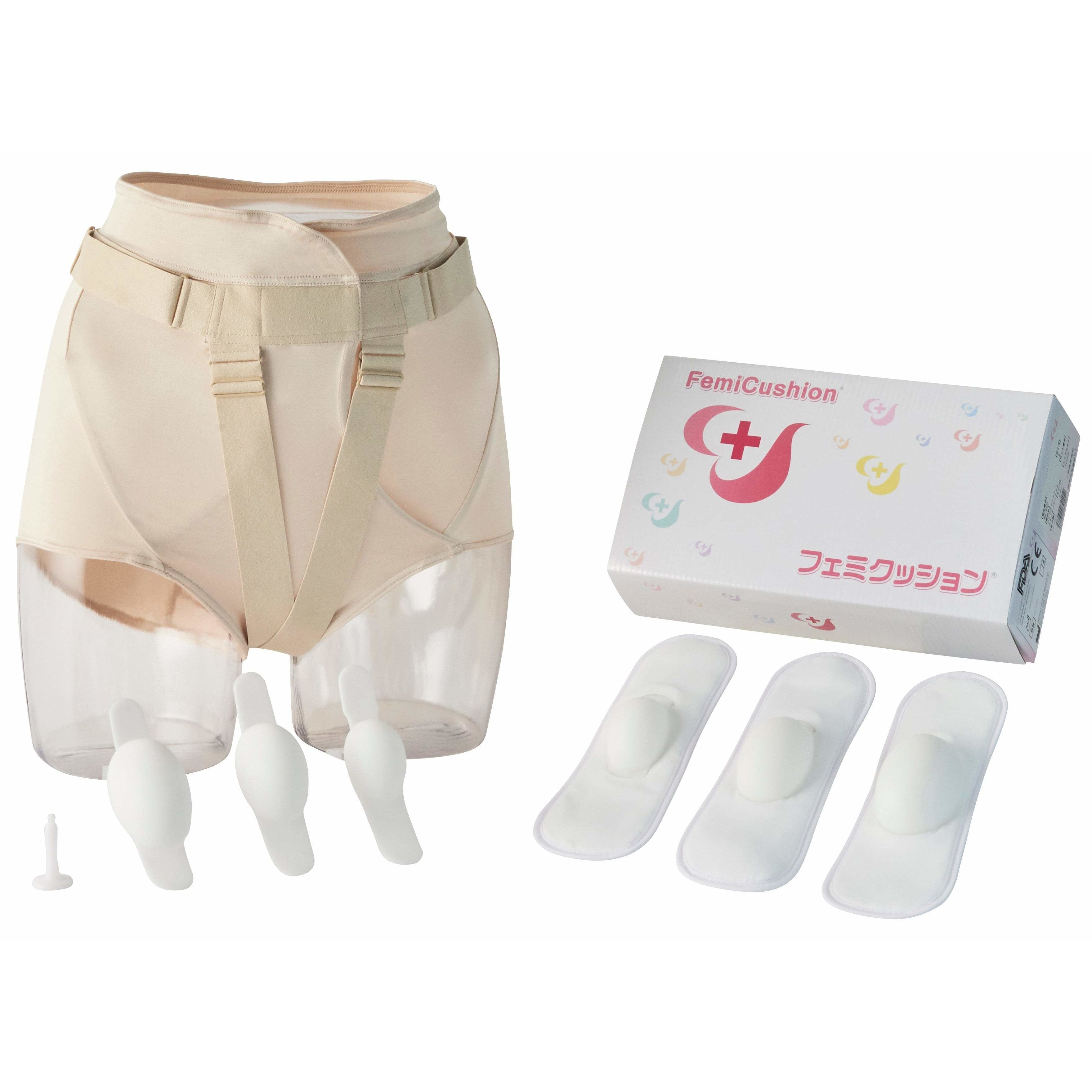What Causes Bladder Discomfort?
Summary
Table of Contents

I Feel Bladder Discomfort or Pain: Causes, Treatments and Tests
Bladder discomfort can be a nightmare, creating pain and urgency that interferes with your life. It’s important to discover the cause and treat it as soon as possible. Need to know what causes bladder inflammation, or the best ways to relieve your bladder pain? This information can help.
Bladder Symptoms
Bladder discomfort is a general complaint that may present in different ways. Discovering what causes discomfort in the bladder may require you to evaluate your symptoms by type. Write down the symptoms you have, as well as how often you experience them. These steps can help your doctor complete a picture of your condition.
Bladder Pain Lasts Until Urination
Bladder pain syndrome is a chief condition to consider when evaluating what causes bladder discomfort for you. It’s common to feel discomfort that grows until you begin urinating, and it can be associated with bladder spasms that increase feelings of urgency.
What causes bladder spasms? It involves a mismatch of nerve signals to the bladder, and it is a common symptom of interstitial cystitis. Millions of women suffer from interstitial cystitis. This condition makes patients feel the need to urinate frequently but be unable to void much urine.
Discomfort Around the Bladder
When you have chronic problems with bladder pain, you may notice that the organs surrounding your bladder are also painful. For example, you may feel pain in the vagina or elsewhere in the pelvis. It’s important to identify what causes bladder inflammation in this case, because it may be a condition like endometriosis.
Bladder Pain When Urinating
Many women are familiar with a urinary tract infection, which commonly creates pain during urination. Bacteria in the urethra are what cause bladder infections, which underscores the importance of prompt treatment. That said, understanding what causes discomfort in the bladder is key, because it may not be an infection.
Causes of Bladder Discomfort
Bladder discomfort can be caused by several factors, and while bladder infection is a common cause, experiencing repeated infections and pain even in the absence of an infection may indicate the need for additional treatment. Below are some of the common causes of bladder discomfort:
-
Bladder infection: A bacterial infection in the bladder can cause inflammation, pain, and discomfort in the bladder.
-
Bladder pain syndrome: A condition that involves chronic bladder pain, which intensifies as the bladder fills and can lead to frequent urination and bladder spasms.
-
Interstitial cystitis: A chronic bladder condition that causes pain and pressure in the bladder and pelvic area, frequent urination, and a persistent urge to urinate.
-
Pelvic muscle atrophy: The weakening or loss of pelvic floor muscles, which can cause urinary incontinence, discomfort, and other symptoms.
-
Uterine prolapse: A condition where the uterus descends into the vaginal canal due to weakened pelvic muscles, leading to discomfort, pain, and incontinence.
-
Bladder prolapse: The sagging of the bladder into the vaginal canal due to weakened pelvic muscles, leading to discomfort, pain, and incontinence.
-
Bladder cancer: While uncommon, bladder cancer can cause bladder discomfort, along with other symptoms like blood in urine, pelvic pain, and urinary incontinence.
Bladder cancer can also be brought on by things like long-term bladder inflammation, chemical exposure, and family history. Given that some of these disorders can be fairly dangerous, it's important to not ignore the signs of bladder discomfort. Timely medical intervention is essential for a correct diagnosis and the appropriate treatment.
Treatment for Bladder Pain
Bladder symptoms can be a distressing experience, and finding appropriate treatment for them is crucial to improving your quality of life. It's important to keep in mind that the best solution for your symptoms depends on the underlying cause of the discomfort. Therefore, a series of appointments with your healthcare provider may be necessary to determine the cause and recommend the appropriate treatment.
Depending on the underlying cause and the intensity of the symptoms, different bladder discomfort treatments may be necessary. Your doctor might suggest at-home self-care techniques for minor symptoms. This might involve weight loss, Kegel exercises, dietary changes, and bladder retraining to manage the symptoms and enhance your overall pelvic health. Other possible treatments for bladder pain are listed below.
- Pain relievers such as ibuprofen can help to reduce discomfort and inflammation in the bladder. Prescription medications may be prescribed to help alleviate symptoms associated with bladder pain syndrome, interstitial cystitis, or other bladder conditions.
- Physical therapy for the pelvic floor can be helpful in treating bladder symptoms, particularly when the underlying cause is pelvic muscle atrophy or prolapse. This type of therapy focuses on strengthening and improving the function of the pelvic floor muscles.
- Nerve stimulation or bladder instillation is another treatment option for bladder discomfort. This type of treatment involves inserting a catheter into the bladder and filling it with a solution that can help decrease bladder urgency and inflammation.
- Surgery is usually reserved for severe cases of bladder discomfort, particularly when the underlying cause is bladder or uterine prolapse. This may involve the use of a surgical mesh to support the bladder or uterus and restore pelvic floor function.
Your doctor will probably recommend treatment along with self-care activities you can do at home.
Test for Bladder Symptoms
To determine what causes bladder discomfort in your case, you’ll need to visit a doctor. It’s common for your primary care physician to refer you to a specialist, but they may be able to perform some testing in the initial visit. Common tests for bladder symptoms include:
- Physical exam, to identify sources of pain
- Urine testing for bladder infections or STIs
- Cystoscopy, which involves sending a tiny camera into the bladder
- Bladder distention, which involves filling the bladder up with fluid, a procedure typically performed under sedation
- Biopsy, which is typically done to test for cancer
If your bladder symptoms are severe or ongoing, you may need to complete a few different tests before your doctor finds the right diagnosis.
Self-Care for Bladder Pain and Discomfort
Many bladder symptoms have a limited set of treatments that can help. Even then, not all the treatments can prevent bladder pain from coming back. Your doctor may recommend that you try a few self-care tasks at home, such as:
- Limiting consumption of caffeine, alcohol, acidic or spicy foods is an effective way to reduce irritation and inflammation in the bladder.
- Learning how to relax your pelvic muscles and practicing daily can help reduce bladder pain and improve overall bladder health.
- Changing clothes styles to something looser
- can help relieve bladder discomfort, as tight clothing can irritate the bladder and cause discomfort.
- Using mental techniques to train your bladder to wait longer to urinate to reduce the frequency of bathroom trips.
For individuals with repeated infections and inflammation, it's important to identify what causes bladder infections and change those behaviors. For example, scheduling trips to the bathroom to avoid holding urine for too long, increasing water intake to help flush bacteria from the bladder, and urinating after sex to prevent bacteria from entering the urethra can all help reduce the risk of bladder infections.
Bladder pain can be a difficult condition, but there are ways to treat it. If your bladder pain is caused by other pelvic conditions, such as organ prolapse, FemiCushion could help. This non-invasive device can work with other treatment approaches. Contact us for more information, or visit our FAQ.
Supervising Doctor of This Article

Koichi Nagao, MD PhD
Professor, Department of Urology, Toho University Faculty of Medicine
Director of Urinary tract reconstruction center, Toho University Omori Medical Center
Director of Reproduction Center, Toho University Omori Medical Center
Professor Nagao specializes in plastic surgery in the field of reproductive medicine. He completed eight years of plastic surgery training at Showa University before majoring in urology at Toho University. With his meticulous surgical techniques and careful examinations that combines urology and plastic surgery, Professor Nagao became a Board Certified Specialist with multiple associations including the Japanese Urological Association, the Japan Society for Reproductive Medicine, and the Japanese Society for Sexual Medicine.
The suggested Products

FemiCushion Standard Deluxe Kit
$299.99

FemiCushion Lite Kit
$249.99

Kit FemiCushion EasyOpen Deluxe
$299.99
